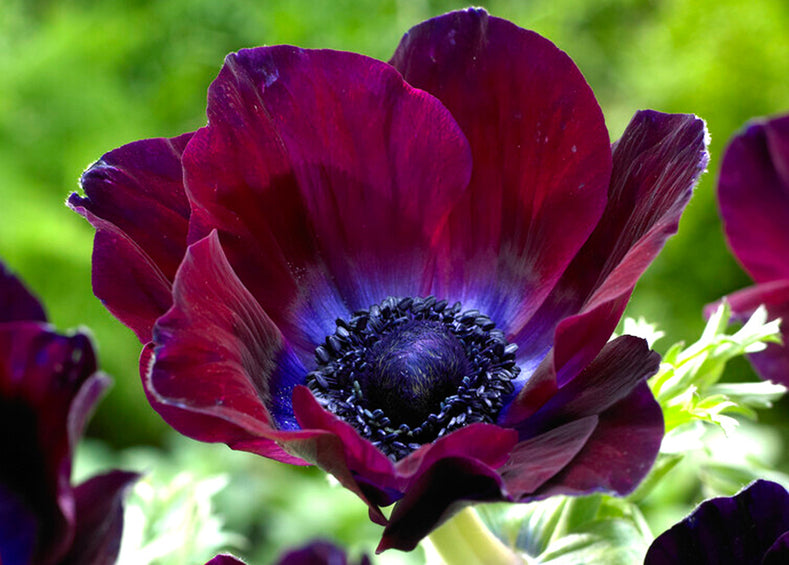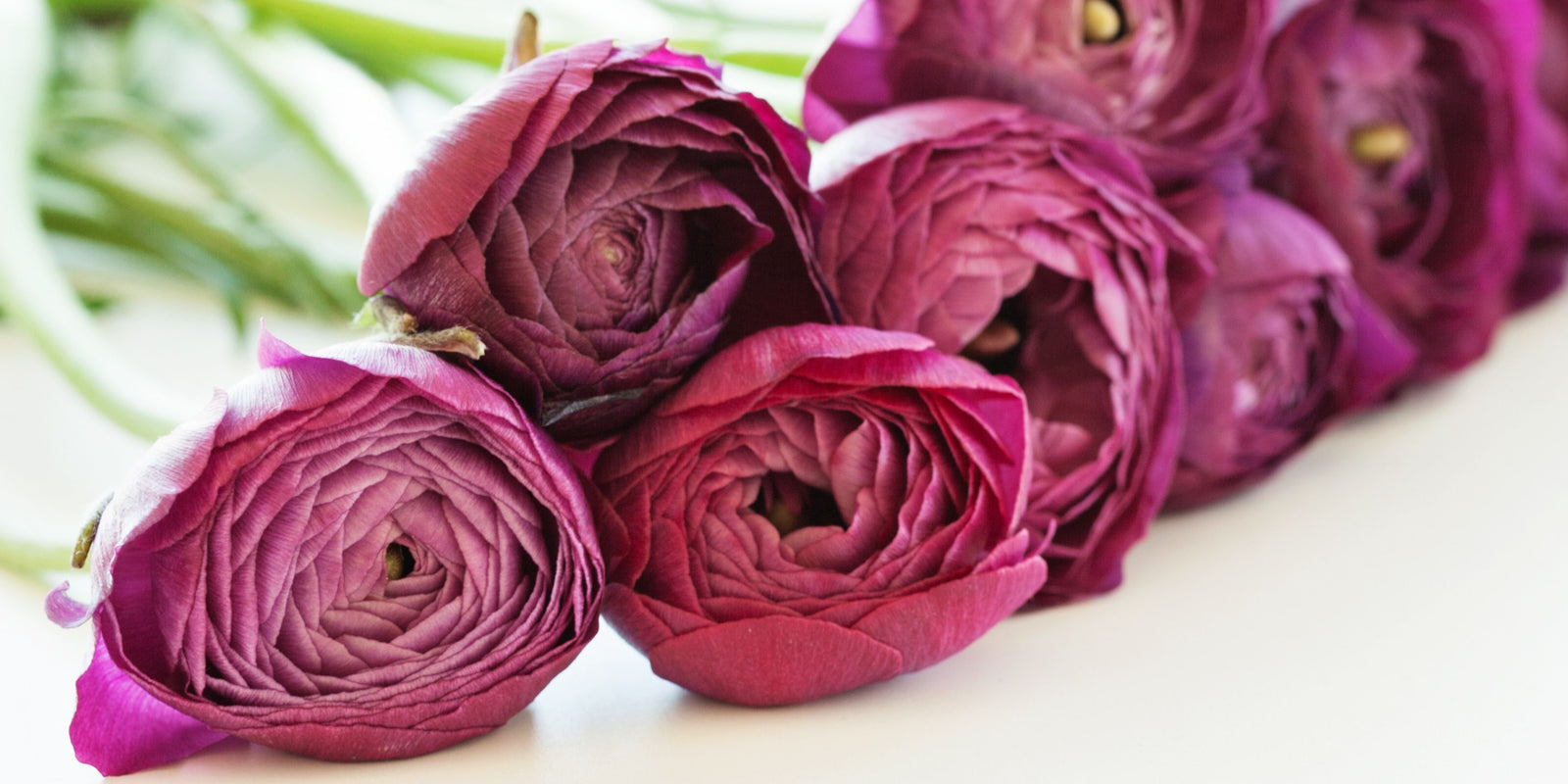Italian Anemones are a hardy and robust cultivar that blooms early and lasts for a long time, producing beautiful delicate flowers in a range of colors. They are an ideal addition to any cutting garden as their gorgeous flowers are known for their lengthy blooming period. Growing Anemones does take some knowledge and effort, but the results are highly rewarding. Follow our tips to get you started and set up for success.
Pre-Sprouting
For optimal germination, it is recommended to pre-sprout anemone bulbs or corms. To begin, soak them in cool water for a few hours so they can hydrate and plump up. Following that, pack the corms in damp vermiculite and store at approximately 35 degrees Fahrenheit for up to a month, checking periodically for roots at least ¼” long. Once you see these roots, your anemone corms are ready to plant. Discard any diseased or moldy corms.
For hobby gardeners without a flower cooler, it is recommended that anemone corms be soaked, kept moist, and stored in a cool and shaded location until sprouting. Once sprouted, they should be planted in the garden.
Planting and Growing
For areas with milder climates, anemone flowers should typically be planted during the autumn months of October and November. For additional blooms, you may also want to consider planting them again in December or early January. In regions with colder winters, however, the flowers may not survive the winter and thus should be planted in mid to late winter. To ensure that the flowers take to their new environment, be sure to water them thoroughly as soon as they are planted, or opt to plant them before a heavy rainfall.
Anemones require a regular water source to thrive, yet overwatering and waterlogged soil must be avoided. Proper drainage is vital. Avoid planting anemones in low-lying spots with inadequate water drainage. Fertilizer can be applied once or twice per season. You can use any organic fertilizer.
When cultivating anemones, it is best to provide ample space for growth, approximately 9” between each corm. For a 4” wide bed, create four rows with 12” of separation between them and 9” within the row. A range of weed control options are available, from landscape fabric or plastic to leaf mulch or manual weeding. Using protective measures against cold and wet weather can aid in the growth of taller stems, improved plant quality and increased blooming. Anemones are fairly robust though, so they can still thrive without these measures.
Harvesting Anemone Flowers for Cut Flower Work
For anemone flowers with a long-lasting vase life, collect blooms once they have grown to ¼” above the collar leaf on the stem. If you go for an early harvest you will get smaller blooms with a better shelf life, whereas a later harvest will give you larger blooms that you can use in special shorter term arrangements such as weddings. As the season progresses, stem length will increase to 12-18” if continuous harvesting is done. If you have cold and rainy weather ahead, it’s best to harvest anemones as soon as possible in order to avoid any discoloration on the petals, particularly for white and pastel varieties.
For extended vase life and optimal freshness, make sure you use properly sanitized tools and clean water. Ideally, you should change the water of cut blooms every other day and give the stems a fresh trim. To prevent bending, store your stems in an upright position. These tips will usually extend vase life by about a week. You can also store flowers in a cold floral cooler for an extended period of time without compromising their vase life.
Anemones are viable in the winter and early spring in the southern United States, as well as spring in the northern United States. Be aware that temperatures surpassing the mid-sixties can be damaging to the flowers. If you are a novice grower in a warmer climate, you use a row cover blanket during cold snaps to protect the flowers' health.
Storing Anemone Corms
If you want to save your corms at the end of the season without leaving them in the ground, let them bloom for a while without harvesting. This way you will know exactly which colors and varieties you are keeping. To store, place the corms in mesh bags and let them dry out in a well ventilated area. Inspect them regularly for any signs of mold or disease, disposing of any unhealthy corms. Store them until it’s time for pre-sprouting again in the next season.


